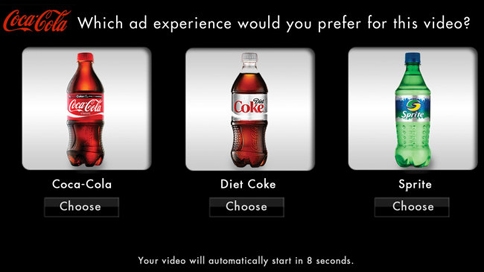
The Livestrong Foundation was created, in 1997, by world-renowned cyclist, Lance Armstrong, a year after he was diagnosed with cancer. After beating the caner, he went on to win seven consecutive (1999-2005) Tour-de-France races, the most prestigious bike race in the world, setting a new world-record for consecutive wins. The Foundation was created to raise money for cancer research and awareness.
In 2003, the Livestrong.org website was created specifically for people affected by cancer. One-on-one help was available as well as other practical materials to help members battle cancer .
In 2008, the Livestrong.com website was launched. The site is built to encourage people to take control of their own healthy living. It is geared towards the population at-large and not just those with cancer. The site contains interactive applications that help people in the areas of: fitness, diet, wellness and lifestyle. Some of the applications include:

- My Plate: online food tracker (largest food database)
- Loops: online fitness tracker and map tracker
- My Quit Coash: online smoking cessation program
- Recipes: online database for healthy recipes and for recipes created by members
Livestrong.com provides articles, videos and Q & A's from reputable, expert sources. And the site provides links to other related articles that fit your search criteria.
What makes Livestrong.com a new media source is it's interactive nature. Member's are free to give input to the editor's of the site and therby, content is constantly being monitored and updated to fit their needs. Also member's can form forums and groups to share their health stories, concerns and successes with others, making it a place of community.
As the 2009 New Media Award winner, I predict Livestrong.com will continue to be a trusted site for information concerning health and wellness. Its library and content will continue to grow as the world's population continues to increase its awareness of the importance of healthy living.














